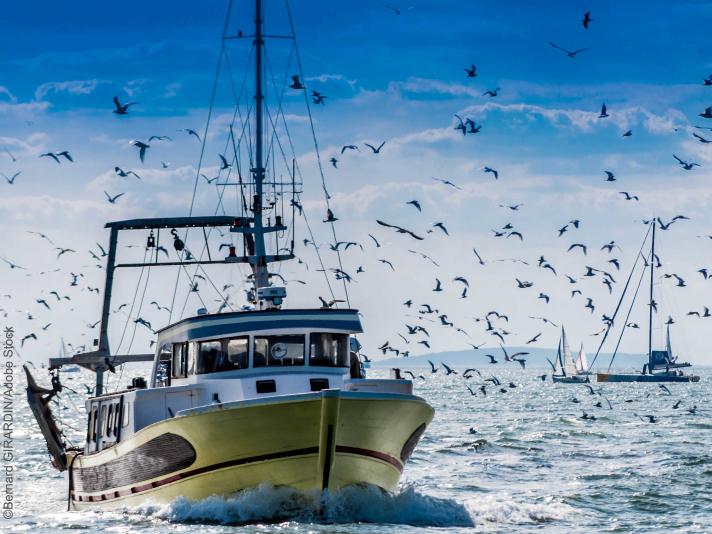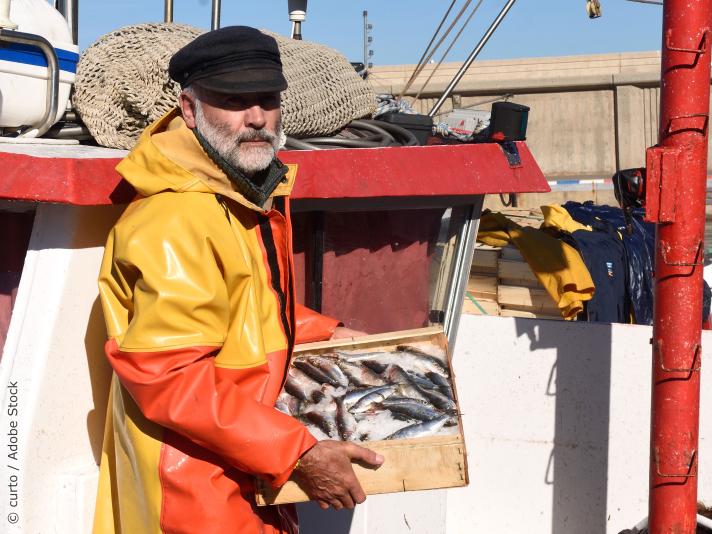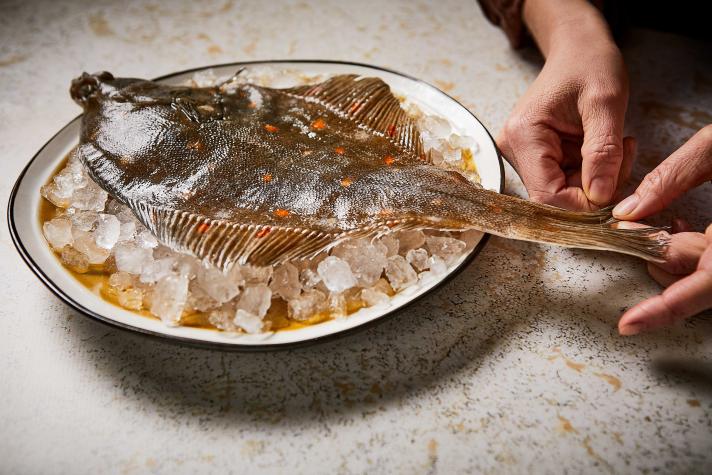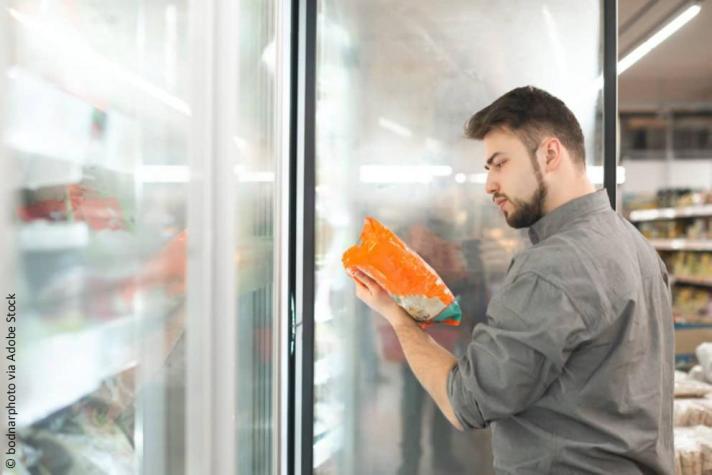1) Tænk på sæsonen
Sæsonen for de forskellige produkter skifter afhængigt af, hvornår på året der er flest fisk.
Der er forskellige sæsoner for de forskellige arter, og de afhænger også af, hvor der fiskes. Så tjek altid, før du køber – se om du kan finde kalendere med oplysninger om sæsoner for fisk og skaldyr i dit lokalområde!
2) Køb fisk og skaldyr af passende størrelse
Når det drejer sig om fisk, betyder størrelsen noget.
EU's fiskeripolitik og national lovgivning fastsætter strenge standarder for at undgå, at der sælges fisk under en minimumsstørrelse.
Sørg for, at du køber fisk, der er store nok.
For eksempel skal en rødspætte fra Nordsøen være mindst 27 cm.
3) Prøv arter, der spises mindre, og arter med sunde bestande
Prøv det ukendte!
De 3 mest spiste arter i EU er tun, laks og torsk.
Men mange andre arter er lige så gode og kan også være billigere. Ved at vælge mindre populære arter og ved at kende dine muligheder, kan du hjælpe med at begrænse din indvirkning på fiskebestandene.
Hvad med at prøve en invasiv art som blåkrabbe eller dragefisk? Det kunne være en velsmagende hjælp til at lette presset fra disse arter på den lokale biodiversitet.
Ikke alle fiskebestande har det godt. Nogle kan være under hårdt pres. Når du vælger fisk fra en sund bestand, træffer du et fremragende valg for vores planet!
4) Frisk eller frossen – se efter EU-kvalitet
Se efter EU-kvalitet: EU anvender meget strenge standarder, før fisk og skaldyr når markedet. Reglerne i den fælles fiskeripolitik er på plads for at sikre, at fangsterne overholder disse standarder: fra størrelsen på fisken til sporbarhed – sporing af fisk fra landing til detailsalg.
Gennemsigtigheden er også meget høj. De mærker, der er på fiske- og skaldyrsprodukter – uanset om de er friske eller frosne – indeholder et væld af information. Tjek mærkerne for at få mere at vide om, hvad du lægger på din tallerken!
5) Tjek mærkerne
I EU kommer fisk og skaldyr med en masse oplysninger. Hvorfor? For at øge gennemsigtigheden og hjælpe forbrugerne med at træffe de bedst mulige valg.
Mærkerne på produkter fra fiskeri og akvakultur skal indeholde:
- fiskens handelsbetegnelse og videnskabelige navn
- produktionsmetoden – om fisken er fanget på havet, i ferskvand, eller om den er opdrættet
- hvor fisken blev fanget eller opdrættet. For fisk, der fanges på havet, viser mærket en kode, der identificerer fangstområdet. Har du brug for hjælp til bedre at forstå det? Her er et kort!
- hvilke fiskeredskaber der blev anvendt til at fange fisken. Typen af fiskeredskaber er meget vigtig, når man ser på fiskeriets indvirkning på havøkosystemet. Selektive redskaber hjælper med kun at fiske de arter og størrelser, der skal fiskes. Dette hjælper med til at undgå bifangst (utilsigtet fangst af havdyr og fugle)
- om produktet er optøet
- "bedst før" / "sidste anvendelsesdato" for at sikre, at den mad, du indtager, er sikker.
Der gælder særlige regler for færdigpakkede og forarbejdede produkter. Tjek vores lommeguide for at blive en ægte mærkemester!
Kvalitetsmærker
Selv om der ikke findes et specifikt EU-kvalitetsmærke for fisk og skaldyr, er nogle akvakulturprodukter forsynet med EU's økomærke. Det betyder, at produktet opfylder strenge produktionskrav vedrørende dyrevelfærd, vandkvalitet og bæredygtigt foder.




